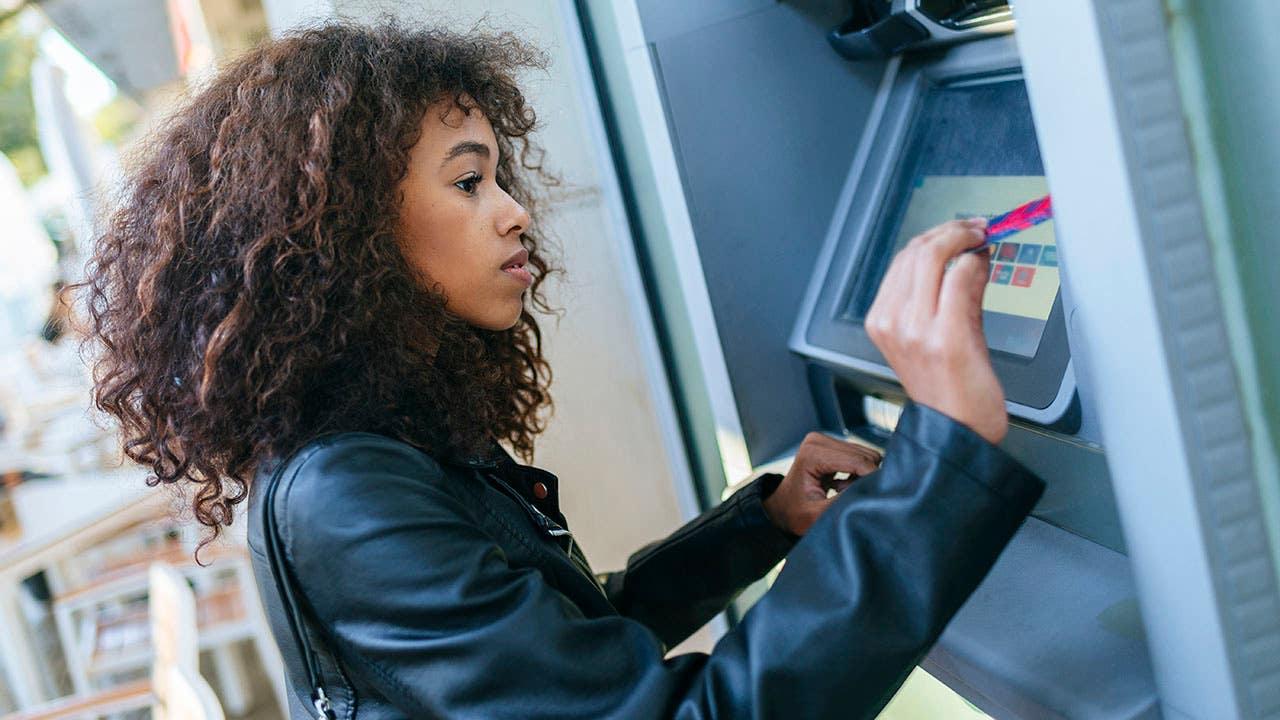What is a cash advance?



Published on October 20, 2023
|
3 min read

Westend61/Getty Images
Getting access to cash in a pinch can be daunting, especially if you don’t have enough in your checking account to cover an emergency. One way to get some cash quickly is by taking out a cash advance on your credit card. Beware: A cash advance is not free cash. Odds are your cash advance will be a hefty expense — luckily, there are alternatives available that could save you money.
What is a cash advance?
A cash advance is a short-term cash loan borrowed against a credit card’s limit. Similar to how you repay purchases made with a credit card, you must also pay back the money borrowed with a cash advance. However, the interest rate for borrowing money from a cash advance is often significantly higher than the interest rate on regular credit card purchases. Additionally, most issuers impose a cash advance fee — often 3 to 5 percent of the transaction amount.How cash advances work
You can initiate a cash advance in a few ways. If you have a credit card with a PIN, you can use the PINto withdraw cash from an ATM (subject to ATM fees). If your credit card issuer has physical branch locations, you can request a cash advance from a teller inside. Finally, if you have access to checks via your card issuer, you can write out a check to yourself and cash or deposit it as needed. In addition to higher interest rates on cash advances, your card issuer starts charging interest on the cash advance amount immediately.Cash advance interest rates
The interest rate on a cash advance will likely be significantly higher than your regular purchase APR (often close to 30 percent variable). There is also no grace period for cash advance interest rates, so you’ll start accruing this inflated interest immediately. To figure out your card’s exact cash advance interest rate, look in its terms and conditions for the Schumer Box, an easily digestible table that lists your card’s important information. The info you find in the Schumer Box includes your card’s regular APR, penalty fees, late fees and your cash advance interest rate. For example, let’s say the ongoing variable APR for a credit card is 11.99 percent to 22.99 percent, making it a relatively low-interest credit card. But if you check the rates and fees in the fine print, you might see the APR for a cash advance is 24.99 percent to 29.99 percent variable, which is much higher than what you could expect from the average credit card interest rate.Cash advance credit line
Your cash advance credit line is the maximum amount of cash you can take out on your credit card and is a percentage of your card’s total credit line, which depends on the credit card and issuer. Remember, you are still using a portion of your credit card’s normal credit line when you take out a cash advance, so those funds are not available to make purchases.Should you do a cash advance?
You should only consider taking out a cash advance in emergencies. Getting a cash advance is better than taking out a predatory payday loan, but it’s still best to seek out potentially more cost-effective solutions. Here are a few alternatives to contemplate before getting a cash advance:- Dip into an emergency fund: If you have a bit of extra cash saved up, it’s better to dip into those emergency funds first, rather than use a cash advance.
- Borrow from a friend or family member: You could skip out on inflated interest costs altogether by borrowing from friends and family if they have the means.
- Look into local organizations: Local community centers, nonprofits or religious organizations may have the capacity to help in times of financial crisis.





